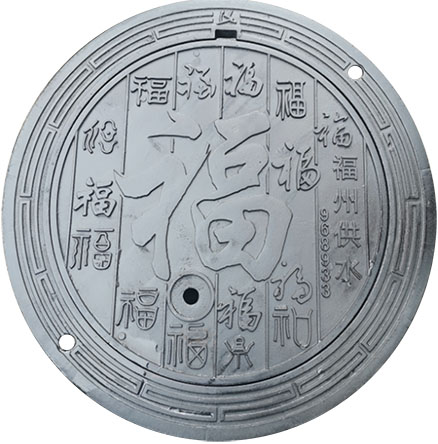**Abstract: Analysis of the Non-Ferrous Metal Industry Operations in 2012 and Outlook for 2013**
In 2012, the domestic and international economic environment remained complex and volatile. The non-ferrous metal industry adhered to the decisions and strategies set by the Party Central Committee and the State Council, maintaining a steady and progressive development approach. This period saw gradual improvements in production stability, despite ongoing challenges.
**I. Industry Performance**
(1) **Production Growth Slowed Down**
From January to December, the output of ten non-ferrous metals in China reached 36.91 million tons, reflecting a 9.3% year-on-year increase. However, this growth rate declined by 1.3 percentage points compared to the previous year. Copper, aluminum, lead, and zinc outputs were 6.06 million, 19.88 million, 4.65 million, and 4.85 million tons respectively. While copper and aluminum showed strong growth, zinc experienced a decline. In terms of processed materials, copper and aluminum outputs rose by 11% and 15.9%, but their growth rates also fell significantly. Concentrate metal output increased by 17.4%, maintaining a stable trend.
(2) **Revenue Increased, but Profit Dropped**
Non-ferrous metal enterprises achieved a main business income of 4.137 billion yuan, up 15.1% year-on-year. However, profit dropped by 8.9%, with smelting industries seeing significant declines. Aluminum smelting profits fell by 92.7%, while rolling processing companies saw modest gains. This highlighted the pressure on profitability due to falling prices and rising costs.
(3) **Prices Remained Low**
The average domestic price of copper, aluminum, lead, and zinc decreased by 13.6%, 7.2%, 6.5%, and 9.9% respectively. International prices also declined, with LME prices dropping by 10.5%, 15.3%, 13.3%, and 11.2%. These trends reflected weak global demand and oversupply conditions.
(4) **Investment Growth Slowed**
Fixed asset investment in the non-ferrous metal sector increased by 15.5%, but smelting investment declined. Mining and processing investments grew significantly, signaling a shift towards structural optimization and sustainable development.
(5) **Trade Volume Declined**
Total import and export trade amounted to 166.4 billion USD, with imports down 2% and exports up 19.4%. Despite this, major export products like aluminum and zinc saw declining values due to external market challenges and trade barriers.
(6) **Technological Advancement Accelerated**
Significant progress was made in key technologies, including high-strength copper smelting and advanced aluminum alloys. Energy efficiency improved, with reductions in power consumption and standard coal usage. Overseas resource projects also advanced, enhancing long-term supply security.
**II. Key Challenges in 2012**
Despite overall stability, several issues persisted. Overcapacity, particularly in electrolytic aluminum, led to underutilization and fierce competition. Many smelting firms lacked self-sufficient mines or power sources, reducing profitability. High production costs and weak risk resistance further strained the sector. Additionally, shrinking demand and increasing trade frictions posed new risks, while limited innovation capacity hindered long-term competitiveness.
**III. Outlook for 2013**
In 2013, the global economy continued to adjust post-crisis, with slow recovery and uncertainty. Domestically, urbanization and policy support were expected to boost demand. While production and investment would see small growth, the industry still faced challenges in achieving a strong rebound. Prices were likely to remain volatile, but favorable policies and liquidity could help stabilize the market. Overall, the industry's performance was expected to improve slightly from 2012.
**IV. Key Priorities for 2013**
To ensure smooth operations, the industry focused on resolving overcapacity, especially in electrolytic aluminum. Efforts included revising access standards, accelerating the elimination of outdated facilities, and promoting technological upgrades. Support for overseas expansion and rare metal legislation were also prioritized to enhance long-term sustainability and global competitiveness.
Ductile Water Supply Manhole Cover
Ductile Water Supply Manhole Cover made of ductile iron to use water supply manhole top and other places, such as road side pavement and so on.

Manhole cover, ductile manhole cover, ductile iron manhole cover, cast iron manhole.
Runchun Casting (Zhoushan) Co., Ltd. , https://www.en124casting.com